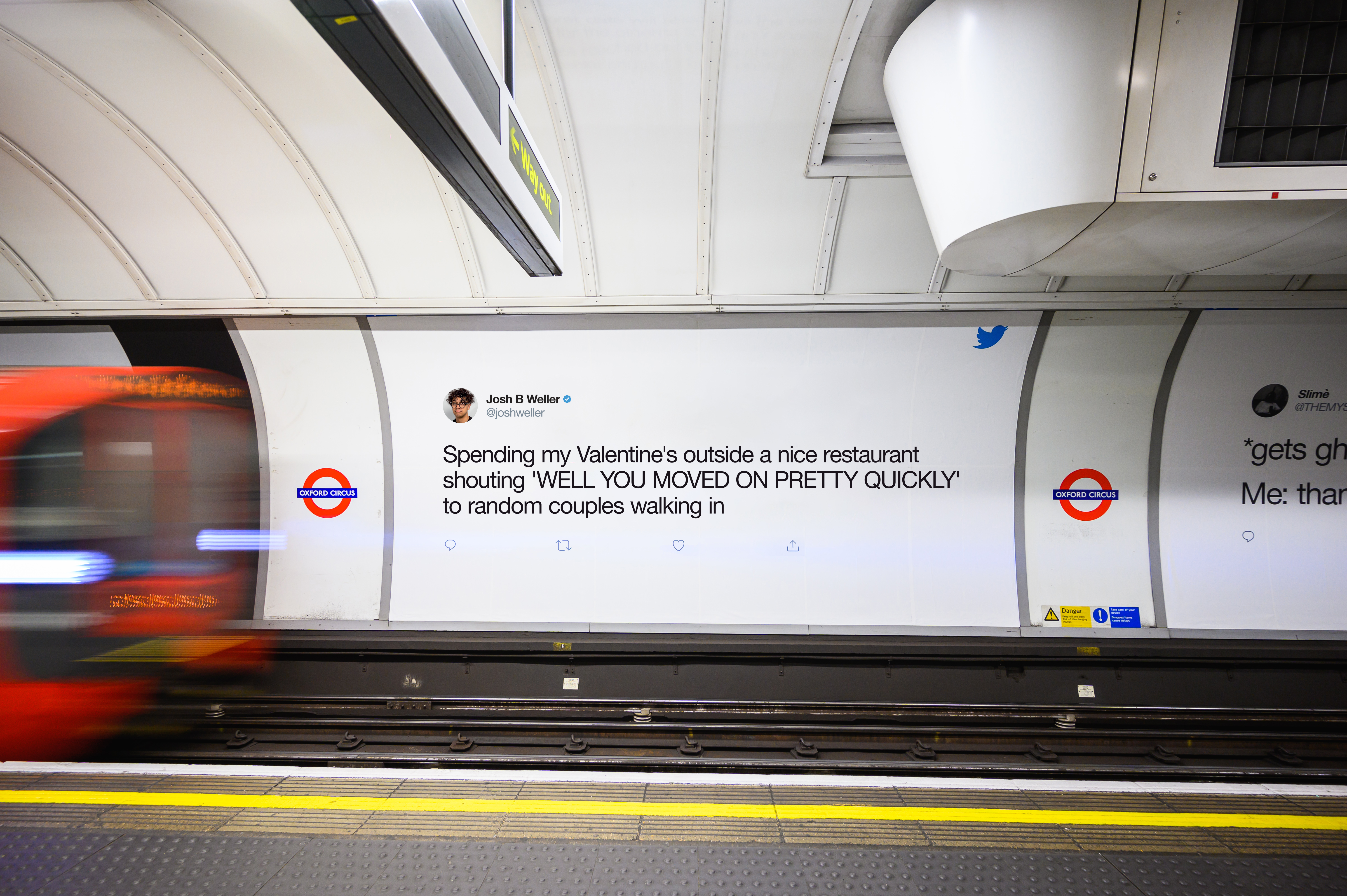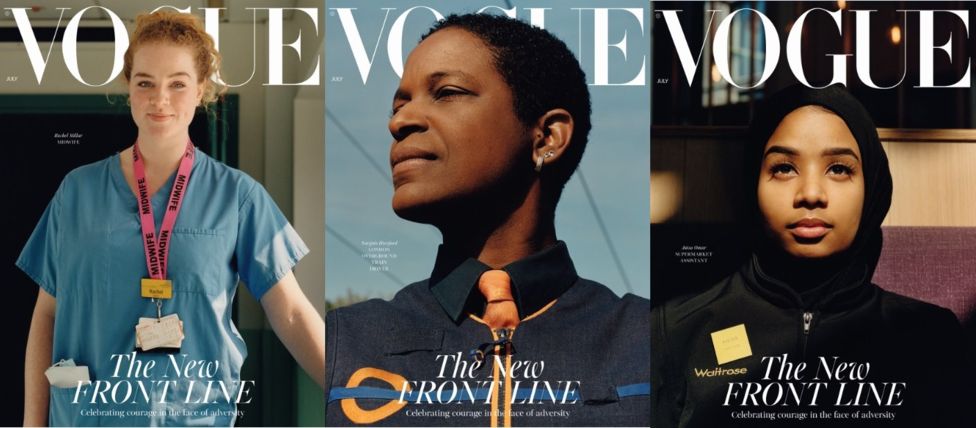Now we have an idea what the year looks like - what should we all be thinking about?
Kinda late to write a 2021 blog post, isn’t it? Sure - but there’s never a bad time to reflect on how you approach work; and in marketing, what your customers are thinking about, how to connect with them, things they want to hear. As we tick over into the new financial year, certain themes are at the front of our minds.
Voices
We’re living through the return of user generated content. Tiktok sea shanties - remember those? That was *this year* - reinforce the core proposition of the web: that everyone has a voice.
The difference this time is that audiences aren’t necessarily excited by this prospect. Curation and how these voices are given a platform is key. There are golden needles in enormous haystacks. Brands that understand what is good, and then give people’s voices a genuine chance to be heard, will do well. I know we keep banging on about it, but Life in a Day is a good example - have a read of Tim’s latest reflections on that here.
Brands themselves could often do with being heard a bit less. Brewdog’s chauvinistic swearing and response of “the ASA can go fuck themselves” to complaints can - well - go fuck itself, quite frankly. There’s a big gap between using a billboard to cheer people up with a funny Tweet and using it to shout about your trendy eco policy like a drunk at a wedding.
Care
If asked to identify the two main societal concerns from the past year outside the pandemic, mental health and climate change would be ours. Both are, in different ways, deeply intertwined with Covid, and increasingly, with each other. Both pose serious questions to society as a whole, and those within it - brands included - need to change their behaviours.
Awareness of self-care has been on the rise for some time but it’s now of medical grade importance. Last year we were fortunate to work with Wellcome, helping to put into visuals and words some of the findings from their “Active ingredients” research. What Wellcome are showing is that mental health issues aren’t just to be addressed by drugs and talking, but by a variety of interventions, from access to green space to cash transfers.
Brands aren’t necessarily the solution but they can begin by not being part of the problem. More broadly, 2021 brands should be thinking about how to make positive contributions to the world around them - one that is healing from the pandemic, lurching into a K-shaped recovery-for-some, recession-for-others, and still getting warmer.
On the final point, brands are culpable here. Many are getting better at sustainability. There will be a lot of noise about this in the run up to Cop26 in Glasgow this November. Is that noise helping, or can a brand lead by doing, not shouting?
Local
Councils rarely do great advertising, but I was touched by a series of billboards dotted around my local area by Waltham Forest, promoting the independent shops - cafes, dry cleaners, wine shops - and the people who’ve kept them going through the pandemic.
Thing is, we’ve all spent even more time in our local area over the last year than normal, and the connections we’ve made, and memories that have been re-wired as a result, are more local than before. Big brands, even those that have stayed open, feel distant and corporate by comparison, a point picked out by Vogue when, in summer 2020, they featured three key workers on their cover: supermarket assistant Anisa Omar, train driver Narguis Horsford, and midwife Rachel Millar.
Brands need to show that they are positive forces for good in local spaces and communities. They can do this by showing that they “get” the local area, supporting and working with those within it, and approaching local as a strategy for celebration, not apology or CSR. Again, curation rather than creation might be at the heart of this.
Flexible
What world are we returning to? Predictions are for the birds. For the next year - or two, or many more - we’ll all be working this out. Even in 2022, if the OBR are to be believed, the UK economy will grow at the almost unprecedented rate of 7%, although the K shape of the recovery and looming austerity will mean this is unevenly distributed and felt very differently.
Brands that take a year to set a strategy that is then locked in stone (or unmoveable powerpoint) will find themselves investing in the wrong places. The next 18 months at least will be time to experiment, and work quickly and collaboratively with agency partners. Test, learn, scale, but then keep testing; what works tomorrow might not work in a few month’s time. Surprises will come, some good, some bad. Good foundations should allow flexible executions. Those that capture the mood will do well - that means moving as quickly as our moods do.
Hope
A third wave of Covid might be coming to the UK (according to Chris Whitty) but, with winter ending and lockdown gradually easing, there’s a mood of hope - admittedly tempered by previous expectations and general tiredness.
Marketing and advertising should play a role in this - they use media spaces to put emotions into public spaces. Getting this right is tricky; too optimistic, you look short-sighted; too earnest, and you’re just focusing on the negative. Brands should stay in their lane - call me a cynic, but I don’t want to hear a bailed-out bank sum up all of human experience (Lloyd’s); I much prefer the practical, with a sense of humour, approach of Natwest.
Maybe you can raise a smile, or make someone feel glad about their purchasing decisions because of something good that you’ve done, or maybe just give a pleasant surprise in what will remain groundhog day for some time yet.
So, some thoughts. The main thing is that there’s no playbook for brands in this of all years, but don’t do nothing: ground your strategy in positivity, be inclusive, and try stuff out.


